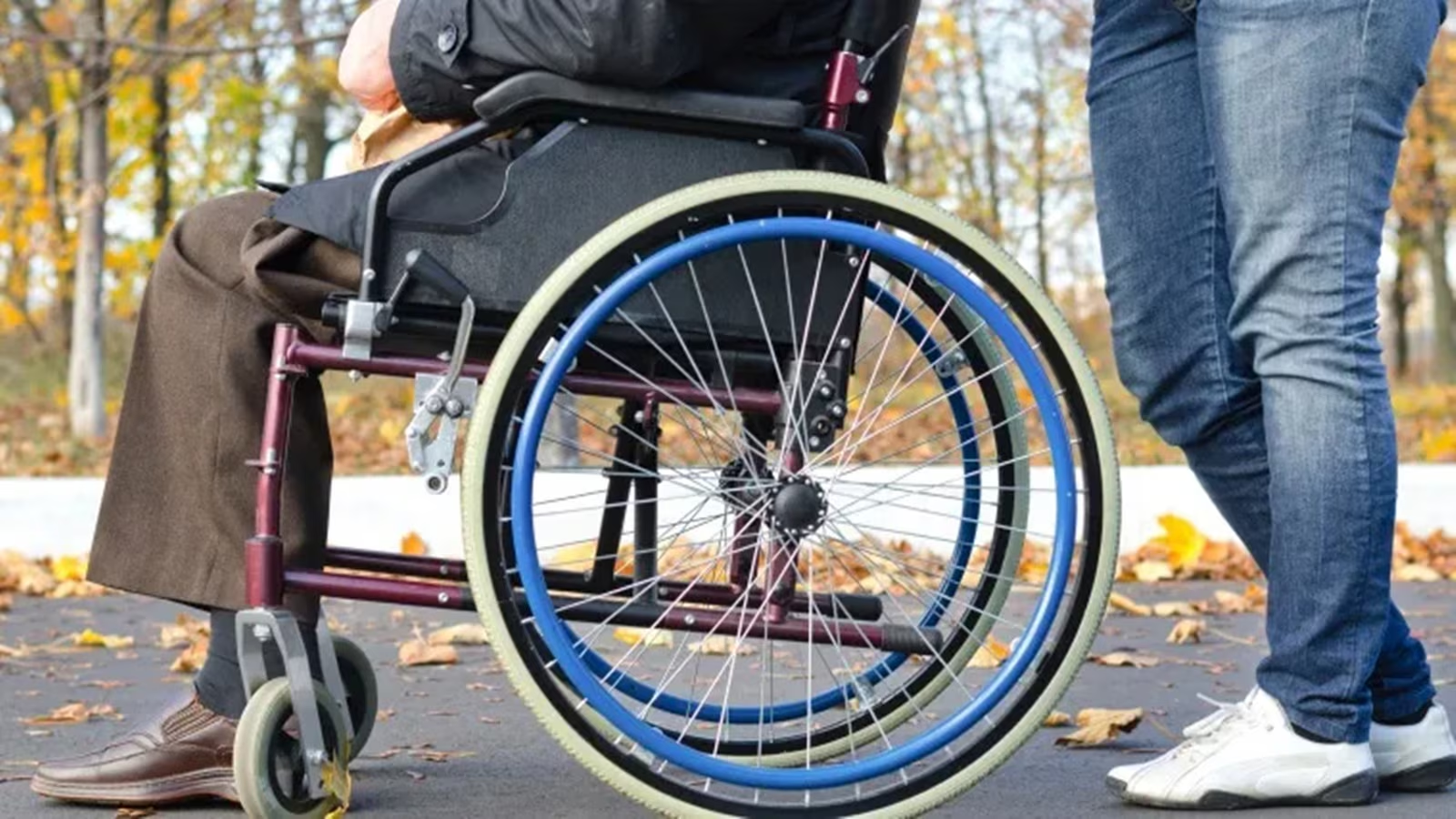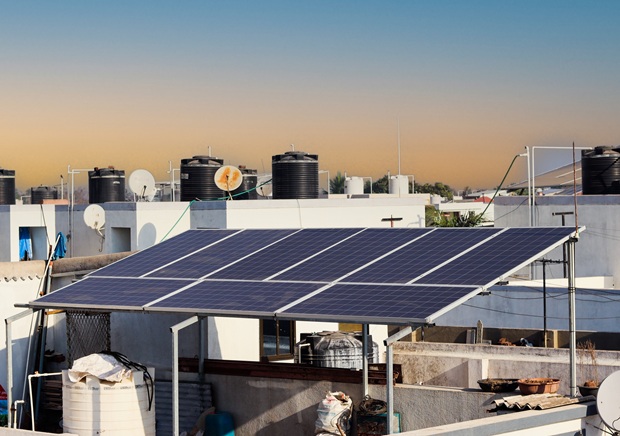- Courses
- GS Full Course 1 Year
- GS Full Course 2 Year
- GS Full Course 3 Year
- GS Full Course Till Selection
- Online Program
- GS Recorded Course
- NCERT (Recorded 500+ Hours)
- Polity Recorded Course
- Geography Recorded Course
- Economy Recorded Course
- AMAC Recorded Course
- Modern India, Post Independence & World History
- Environment Recoded Course
- Governance Recoded Course
- Science & Tech. Recoded Course
- International Relations and Internal Security Recorded Course
- Disaster Management Module Course
- Ethics Recoded Course
- Essay Recoded Course
- Current Affairs Recoded Course
- CSAT
- 5 LAYERED ARJUNA Mentorship
- Public Administration Optional
- ABOUT US
- OUR TOPPERS
- TEST SERIES
- FREE STUDY MATERIAL
- VIDEOS
- CONTACT US
India's Coal Plants - SO2 Emission Control
India's Coal Plants - SO2 Emission Control
Context
India's coal plants face challenges in controlling sulphur dioxide (SO2) emissions, as revealed by the Centre for Research on Energy and Clean Air (CREA) analysis. Key issues include the limited adoption of recommended technologies and blanket deadline extensions.
Current Status:
1. Less than 8% of Indian coal plants have implemented the recommended SO2 emission reduction technology.
2. India holds the unfortunate distinction of being the world’s largest emitter of SO2, as reported by a 2019 Greenpeace study.
Key Findings:
1. Installed Capacity: Only a combined capacity of 16.5 Gigawatts (GW) of coal plants have installed FGDs and CFBC boilers equivalent to 5.9 GW across India.
2. FGD Implementation: 92% of the country's coal power plants operate without FGDs.
3. Emission Control Derailment: Blanket extension of deadlines without progress checks by MoEF&CC and CPCB [Central Pollution Control Board] contributed to emission control derailment.
4. Emission Standards: Introduced in 2015 for regulating PM, SO2, NOx, and Hg [Mercury] emissions.
5. Deadline Extensions: Extended multiple times for units in Delhi-NCR and most other units across the country.
6. Installed Capacity Breakdown: India's energy generation installed capacity: 425 GW, with coal holding a predominant share (48.6%).
Categorization of Power Plants for FGD Installation
|
A |
B |
C |
|
Coal power plants within a 10-kilometer radius of NCR and cities with a million-plus population. |
Within 10 km of critically polluted areas or non-attainment cities. |
Remaining plants throughout the country (majority) |
Way Forward:
1. Accelerate FGD Implementation: Prioritize and incentivize for compliance.
2. Expand CFBC Implementation: Provide support for broader adoption.
3. Stricter Enforcement: Strengthen monitoring with penalties for non-compliance.
4. Research and Development (R&D): Invest in advanced tech for sustainable power generation.



